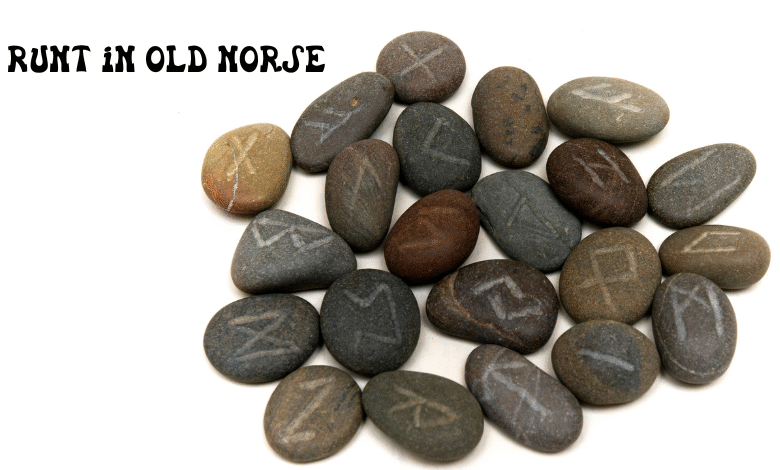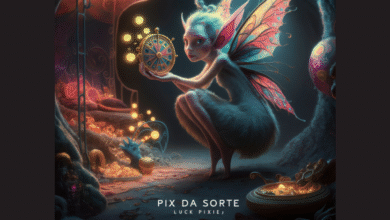Runt in Old Norse: Meaning, Etymology, and Historical Usage

Understanding the term “runt” in Old Norse requires an exploration into the rich linguistic tapestry of the Norse language, deeply interwoven with mythology, daily life, and cultural nuance. While the modern English term “runt” refers to the smallest or weakest in a litter of animals, the Old Norse root and meaning take us down a more complex path, revealing layers of etymology, societal structure, and ancient Nordic worldview.
Etymology of “Runt” and Its Possible Old Norse Origins
The word runt does not appear in exactly the same form in extant Old Norse texts, yet linguistic scholars trace its origins to Middle English, and possibly earlier Scandinavian dialects, especially Old Norse, which had significant influence on early English vocabulary due to Viking invasions and settlements.
One of the hypothesized Old Norse roots is runtr or runta, possibly a variant or derivative of terms related to shortness, deformity, or stunted growth. It is related to words such as:
-
Old Norse “rundr” – meaning round or stumpy, which may imply a short, squat figure.
-
Old Norse “hrjóna” – to snort or grunt, used to describe pigs or boars, which aligns with the modern application of runt to animals.
Although no single word in Old Norse translates perfectly to runt, the semantic field includes terms for the weak, malformed, or smallest, which were often treated differently within Norse society and even Norse mythology.
The Role of Size and Strength in Norse Society
In Norse culture, strength, size, and vitality were deeply revered traits. Warriors, chieftains, and gods were celebrated for their physical prowess and commanding stature. Thus, being the “runt” the smallest or weakest often came with social stigma.
However, it is important to note that Norse legends occasionally subverted this trope. Characters who were initially underestimated due to size or appearance often proved themselves through wit, cunning, or divine favor. For instance:
-
Loki, although not small in stature, was not a traditional warrior and relied on cleverness over brute strength.
-
Dwarves in Norse mythology, though short in stature, were master craftsmen who created some of the most powerful magical items, such as Mjölnir (Thor’s hammer).
This duality shows that while being a “runt” might carry literal and metaphorical weakness, it could also be transcended through skill and intelligence.
“Runt” in Norse Animal Husbandry
The Norse were an agrarian and seafaring society, and animal husbandry was crucial. In this context, the term “runt” would have described the weakest or smallest offspring in a litter, likely considered less valuable due to:
-
Lower survival odds
-
Slower growth
-
Limited utility for labor or breeding
Old Norse agricultural texts and sagas refer to livestock hierarchies, where the strongest were selected for breeding or sacrifice to the gods. The weakest possibly referred to with terms akin to “runt” were left behind, traded at lower value, or culled.
The importance of animal symbolism in Norse culture further adds weight. Animals were seen not only as resources but as omens and symbols. A runt animal might be seen as an ill omen, especially during important feasts or rituals.
Linguistic Influence of Old Norse on Modern English Words Like “Runt”
During the Viking Age, particularly between the 8th and 11th centuries, Old Norse heavily influenced the English language, especially in regions of the Danelaw.
Many everyday English words have Old Norse roots, such as:
-
Sky (from ský)
-
Egg (from egg)
-
Knife (from knífr)
-
Window (from vindauga)
The term “runt” may have emerged from this linguistic blending, either as a loanword or dialectal evolution, especially in northern England or Scotland, where Norse influence was strongest.
Some linguistic historians suggest a possible link between runt and Norwegian dialect words like rundt (meaning round), again hinting at short, stumpy form, further validating Norse origins.
Runt and Norse Mythology: Symbolism of the Small and the Weak
While the Norse myths exalt the mighty, they also celebrate clever underdogs, subverting expectations. The runt-like figures in mythology often:
-
Play pivotal roles
-
Act as tricksters or agents of change
-
Are underestimated by their larger peers
For instance:
-
Loki, the trickster god, though not physically small, represents an outsider whose perceived weakness becomes his strength.
-
Tyr, who sacrifices his hand to bind Fenrir, embodies sacrifice over might.
-
Fenrir himself, once a “runt” wolf cub, grows into a beast powerful enough to kill Odin at Ragnarök.
These stories suggest that being a “runt” is not a death sentence, but often the starting point of transformation or prophecy.
Modern Usage of “Runt” and Its Cultural Legacy
Today, the word “runt” is used predominantly in animal husbandry, but it has also become a metaphor for weakness in human contexts. In literature and media, the “runt of the litter” often:
-
Faces bullying or neglect
-
Struggles to prove their worth
-
Eventually overcomes obstacles, becoming a hero
This archetype draws deeply from ancient narratives, including those of Norse mythology, where small beginnings lead to great ends.
The persistent legacy of Old Norse language and worldview, embedded in even the simplest modern English words like “runt”, demonstrates the enduring power of linguistic and cultural evolution.
Conclusion: Tracing “Runt” Through Norse Roots
While the exact Old Norse equivalent of the word “runt” remains debated, the cultural, linguistic, and historical connections are clear. Rooted in a society that valued strength, yet often celebrated the unexpected triumph of the underdog, the term reflects the complex interplay of perception, language, and identity in the Norse world.
The Norse understood that power is not always visible. The runt may be the smallest, the weakest, or the last chosen but within Norse storytelling, as in life, even the least likely can shape fate.



